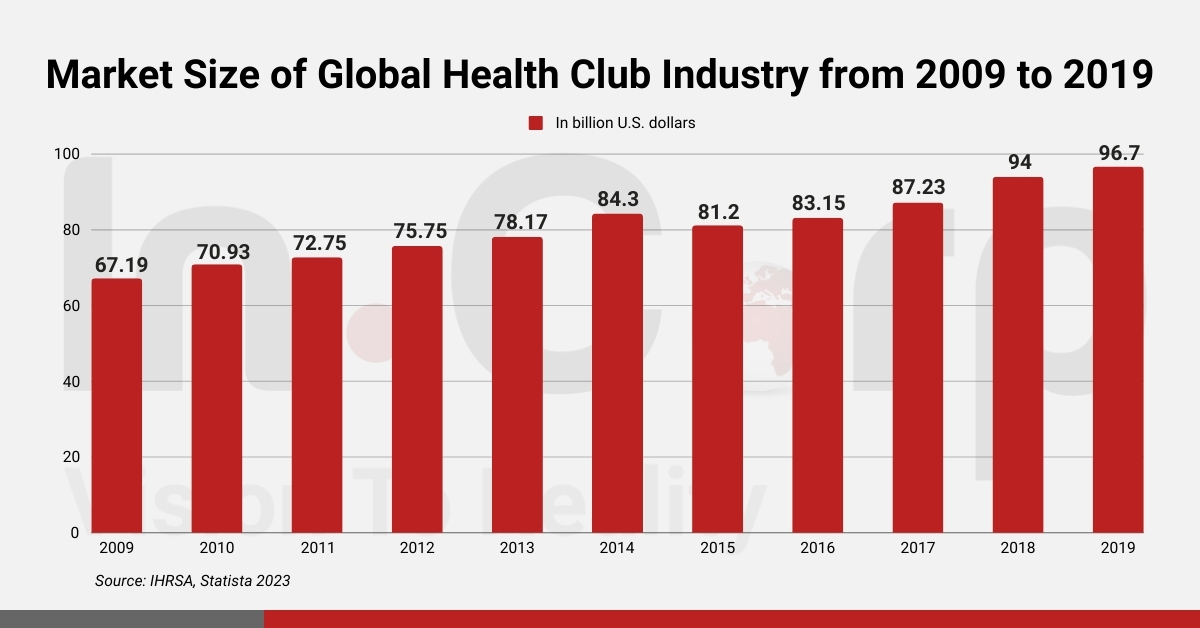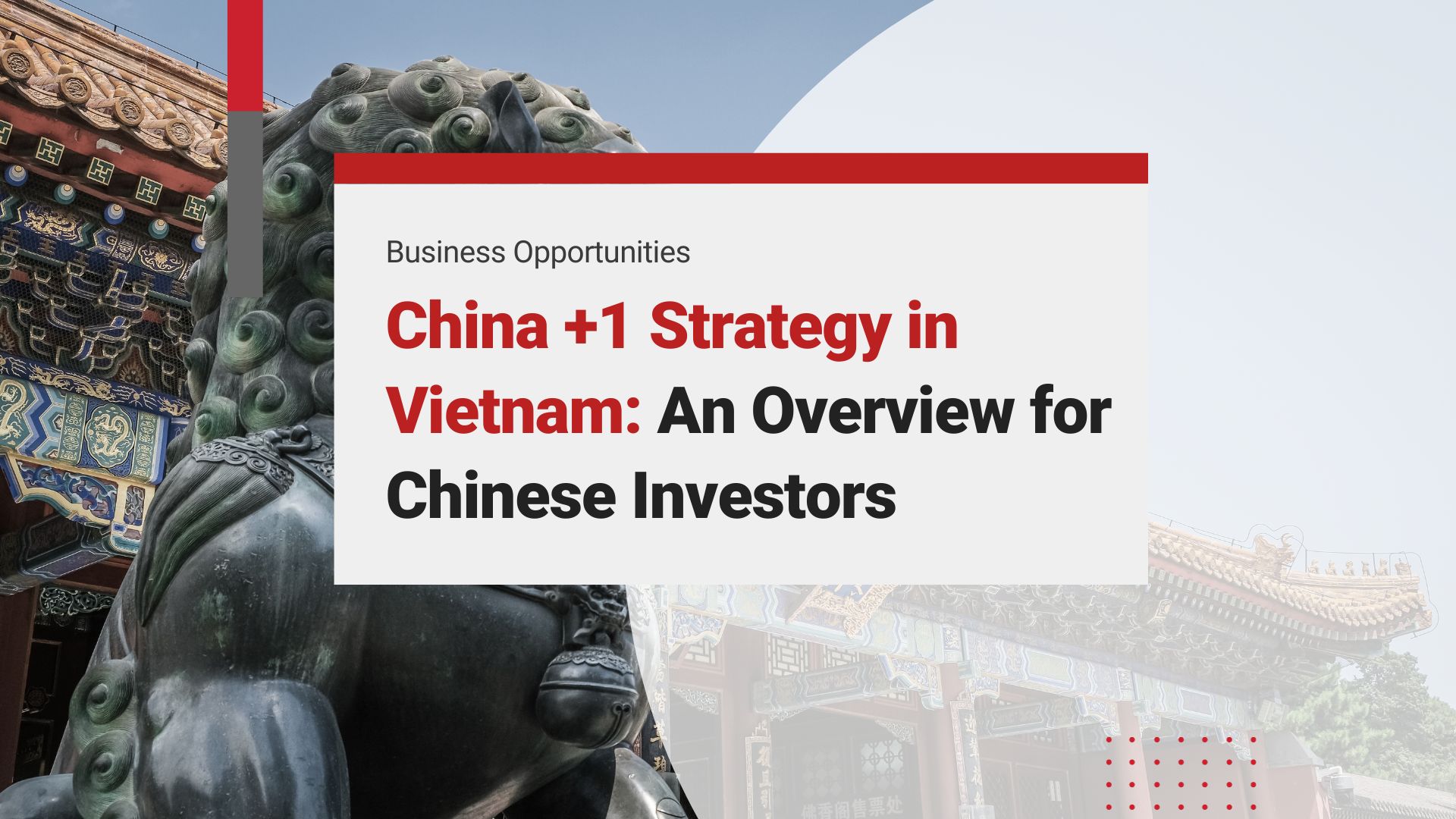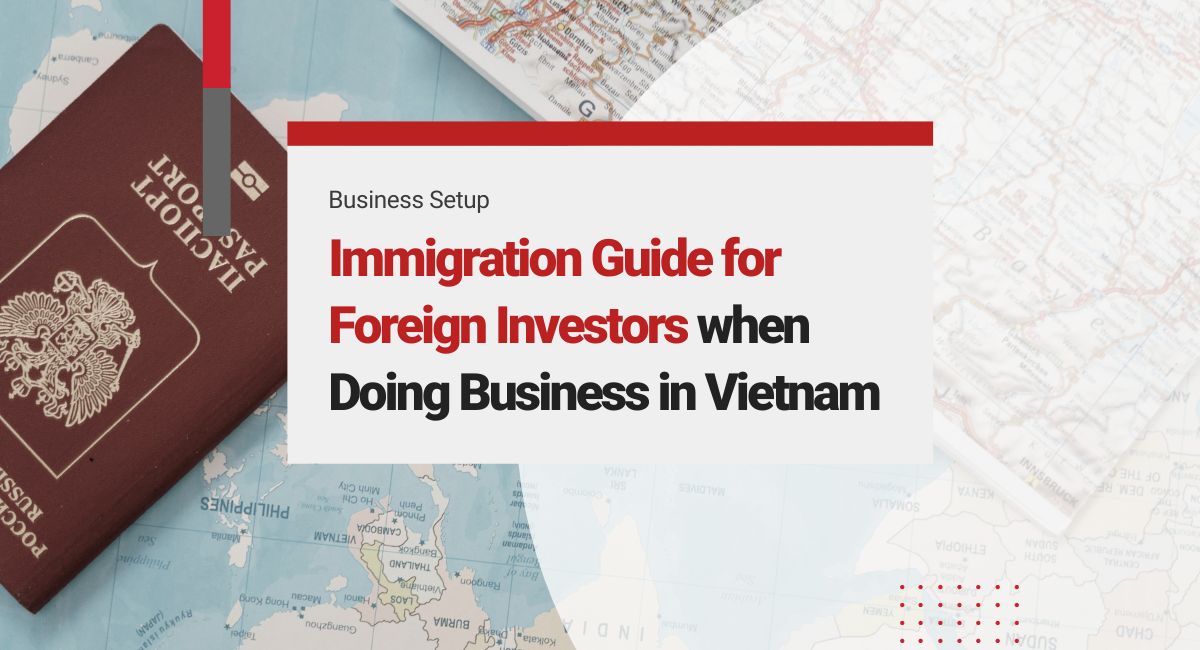The fitness industry, a dynamic and constantly evolving sector, plays a critical role in promoting physical well-being and healthy lifestyles worldwide. This industry is experiencing a remarkable boom, especially in Vietnam, where an increasing number of fitness studios are springing up, driven by economic growth, lifestyle changes post-COVID-19, and the rise of fast-food culture.
In this comprehensive blog post, we’ll explore the latest trends shaping the industry’s transformation, present compelling statistics, and examine the impact of the COVID-19 pandemic on fitness habits. Additionally, we’ll provide insights into the demographics of fitness enthusiasts and how individuals are turning to exercise and healthy living to boost their immune systems.
Investing in Vietnam? Check out InCorp Vietnam’s Incorporation Services
Global Fitness Industry Trends and Statistics
In the past decade, the industry has seen a robust expansion. From 2009 to 2019, there was a nearly 30% increase in its market size. In 2019, the global fitness industry’s revenue reached an impressive US$96.7 billion, with more than 205,000 clubs worldwide catering to over 184.6 million members, according to the International Health, Racquet & Sportsclub Association (IHRSA).

However, the industry hasn’t been immune to challenges, especially those posed by the global pandemic. Estimates suggest a reduction in market value, with the industry expected to shrink from US$96.7 billion to US$81.5 billion by 2023, marking a 15.7% decline. Despite this overall downturn, certain niches within the fitness sector, notably online training and home workout equipment, have seen substantial growth amid the pandemic.
In Europe, the fitness industry also reflects a similar pattern. The European Health & Fitness Market Report of 2023 reported an industry revenue of €28 billion, with 63.1 million members across 63,830 clubs. This demonstrates the sector’s resilience and adaptability across different markets.
Adding to this, a recent Deloitte report highlights the extensive reach of the health and wellness market, which now accounts for a total impact of US$91.22 billion worldwide. This figure underscores the broad scope of the industry, encompassing not just traditional fitness clubs and gyms but also the burgeoning areas of wellness and holistic health.
An Overview of Fitness Industry Trends in Vietnam
Rising health awareness and wellness lifestyle
Vietnamese consumers are becoming more concerned about health, hygiene, and food safety. According to a survey, 76% of Vietnamese consumers want to know everything that goes into their food, while 89% are willing to pay more for foods that claim health benefits.
Based on research by Ken Research, Vietnam has witnessed a concerning rise in obesity rates, with an annual growth rate of 8.4% recorded between 2013 and 2018.
This has led to a rise in the demand for fitness services and products. Moreover, as the Covid-19 situation begins to stabilize, fitness brands are gradually returning to normal operations. The pandemic has served as a wake-up call for individuals to prioritize their health and become more conscious of the importance of exercise and overall well-being.
Increasing demand for boutique fitness studios and personal training
Personal training and boutique fitness studios are becoming increasingly popular in Vietnam. People are willing to spend more on personalized training and attention from skilled trainers. The demand for personal training often surges after the annual Tet (Lunar New Year) holiday season, with people trying to shed the weight gained during the festivities.
The growing popularity of functional training and group fitness classes
Functional training, which focuses on everyday movements and activities, is gaining popularity in Vietnam. It can help in building mobility, power, and speed, and lead to the strengthening of muscles. By engaging in functional training exercises that mimic everyday movements, individuals can improve their ability to maintain balance. This not only provides physical benefits but also translates into practical advantages in day-to-day life.
Group fitness classes are also in demand, as they provide a sense of community and motivation. Moreover, they have been found to improve adherence to exercise programs and provide a more enjoyable workout experience.
Consumer Trends in Fitness Industry
Gender Trends
In recent years, the fitness industry has seen a shift toward inclusivity, with both men and women actively participating. The 2022 IHRSA Global Report notes a higher proportion of female gym members globally, around 57%.
Age Dynamics
Fitness appeals to a range of ages, demonstrating the industry’s wide appeal. Eurostat 2022 data shows younger people are generally more active, but there’s growing encouragement for older adults to engage in physical activity for its health benefits. In the US, Millennials form the largest gym-going demographic at 35%, followed by Gen X and Baby Boomers. Interestingly, Gen Z and the Silent Generation, though smaller in number, are rapidly growing segments in health club attendance.
Geographic Distribution
Fitness enthusiasm is a global phenomenon, transcending regional boundaries. The Asia-Pacific region is projected to lead in market value in 2023, with North America and Europe following, as per Statista. This underscores the fitness industry’s worldwide influence.
The COVID-19 pandemic has further catalyzed the adoption of fitness practices across all demographics, with digital platforms enhancing accessibility. Fitness businesses must recognize these demographic shifts to create inclusive and appealing offerings for all ages, genders, and regions.
Adoption of Digital Fitness and Wearable Technology
The fitness industry has witnessed significant transformations due to technological advancements. The introduction of wearable technology, smart fitness apparel, state-of-the-art home gyms, and AI-supported personal coaching has revolutionized the way people approach their fitness journey. Devices like Fitbit, Apple Watch, and Garmin have empowered users by providing them with a deeper understanding of their health and fitness levels.
These wearable technology devices offer a range of features, enabling users to track various metrics such as steps taken, calories burned, heart rate, blood pressure, and personalized health recommendations. Users now have convenient access to their individual health data, allowing them to make informed decisions about their well-being.
Esteemed fitness service centers in Vietnam, including Elite Fitness, California Fitness, Yoga Centre, and Fit24, have recognized the potential of these devices and actively promote their use to enhance the health and fitness outcomes of their clients. By leveraging these technological innovations, these centers aim to elevate the quality of their services and assist their clients in achieving their fitness goals.
Challenges in Vietnam’s Fitness Industry
The fitness industry in Vietnam faces challenges such as competition from unorganized fitness centers and the need for skilled trainers. The competition is especially fierce in the major cities, where there is a high concentration of fitness centers. The industry also needs more skilled trainers to cater to the growing demand for personalized training.
Moreover, expanding business in Vietnam comes with challenges such as excessive bureaucratic procedures, fluctuating Vietnamese dong currency, the requirement of the Vietnamese language in paperwork, complex tax payments, and a cash-dependent economy.
Business Ideas & Opportunities in Vietnam’s Fitness Industry
Potential for gym chains and franchises
Despite the challenges, the fitness industry in Vietnam presents several business opportunities, particularly for gym chains and franchises. Gym chains and franchises offer several advantages, including a recognized brand name, economies of scale, and access to established systems and processes. By expanding in Vietnam, foreign investors can tap into a market with high growth potential and establish themselves as major players in the market.
According to Statista, California Fitness & Yoga Centers, Elite Fitness, and Yoga Plus are among the leading fitness studio brands in Vietnam. These companies have expanded rapidly in recent years, taking advantage of the growing demand for fitness services.
According to a report by Q&Me, California Fitness, and Yoga was the leading fitness studio chain in Vietnam as of April 2022, with 36 studios. It was followed by Curves with 27 studios and Elite Fitness with 14 studios.
Growth of boutique fitness studios and personal training businesses
Boutique fitness studios are a growing trend in the global fitness industry. These studios are small gyms that focus on group exercise, specializing in one or two fitness areas such as cycling, yoga, or high-intensity interval training. Unlike traditional gyms, boutique fitness studios offer a more intimate and personalized form of group exercise, creating a community feel among members. They offer clients exceptional and highly personalized customer experiences, cultivating loyal followers.
Opening a boutique fitness studio can be a rewarding and profitable venture if done correctly. It’s important to thoroughly research and plan before investing, such as considering market demand, location, equipment, and branding.
Key players in this space include Fire Fitness, GymHaus, and Hustle.
Opportunity for fitness equipment and apparel suppliers
The growing fitness industry in Vietnam also presents opportunities for fitness equipment and apparel suppliers. While China currently dominates the market for fitness equipment, Vietnam is emerging as an attractive alternative for sourcing these products due to its lower labor costs and improving manufacturing capabilities. In addition, the country is becoming a hub for textile and garment manufacturing, making it an ideal location for sourcing fitness apparel.
Expansion of digital fitness and technology-based fitness businesses
As the country embraces technological advancements and a greater emphasis on health and fitness, various digital fitness solutions have gained popularity among Vietnamese consumers. One such innovation is Electrical Muscle Stimulation (EMS) training.
EMS training refers to a form of workout that employs a wearable device to stimulate muscles, leading to amplified workout effects. EMS training offers the advantage of targeting both slow and fast-twitch muscles, resulting in quicker fitness outcomes.
A startup gym chain called 25 FIT emerged during the Covid-19 pandemic and quickly expanded by opening 13 workout studios in just six months. The startup offers a modern fitness model using EMS technology, allowing for efficient full-body workouts in just 25 minutes. The company attracted initial customers through word-of-mouth referrals and traditional advertising methods. Despite the competitive market, 25 FIT has found success as it targets a niche market of individuals who are new to gym workouts or dislike traditional gyms. The startup has experienced fortunate circumstances, such as increased availability of suitable locations for its studios and untapped target market.
We made the most detailed step-by-step guide for Company Incorporation in Vietnam for investors, now available as an interactive checklist:

Conclusion
In Vietnam, the fitness industry is growing fast. More people are becoming aware of their health, wanting custom training, and using digital tech for fitness. There are challenges like a lot of competition and not enough trained fitness experts, but there’s still a big chance for businesses to do well. The market is expected to keep growing, and with the government supporting sports and fitness, Vietnam is a great place for business owners and companies interested in the fitness world.
With continued innovation, adaptability, and a commitment to meeting the diverse needs of fitness enthusiasts, the fitness industry globally and in Vietnam is well-positioned for a prosperous future. Strong foundational elements and an alignment with consumer needs ensure that the fitness industry remains a vital contributor to a healthier, more active society.
About Us
InCorp Vietnam is a leading provider of global market entry services. We are part of InCorp group, a regional leader in corporate solutions, that encompasses 8 countries in Asia-Pacific, headquartered in Singapore. With over 1,100 legal experts serving over 15,000 Corporate Clients across the region, our expertise speaks for itself. We provide transparent legal consulting, setup, and advice based on local requirements to make your business perfectly fit into the market with healthy growth.
Don’t take our word for it. Read some .
Verified by
Ian Comandao
Business Consulting Manager at InCorp Vietnam
Ian is a sales and marketing professional who has worked over 15 years in key accounts management.






